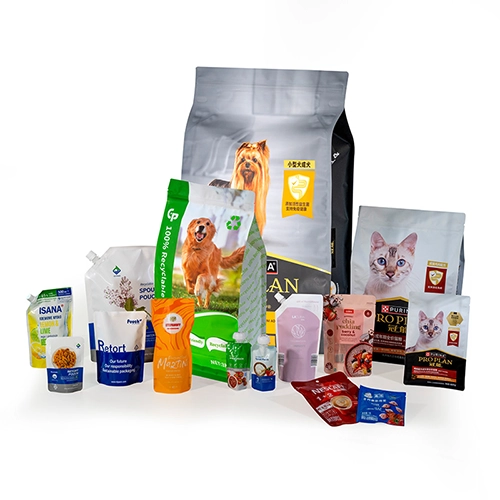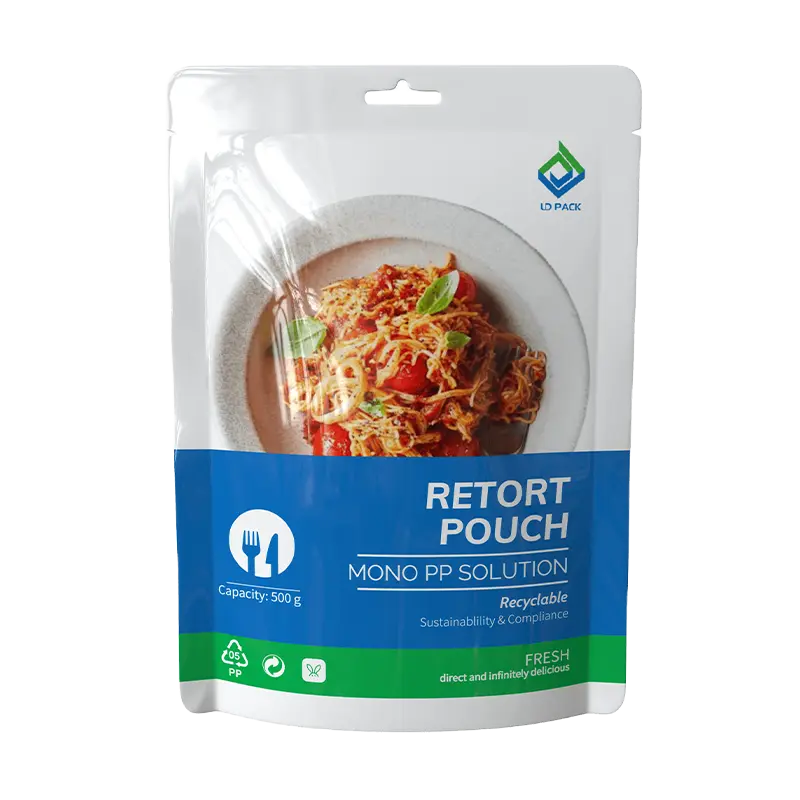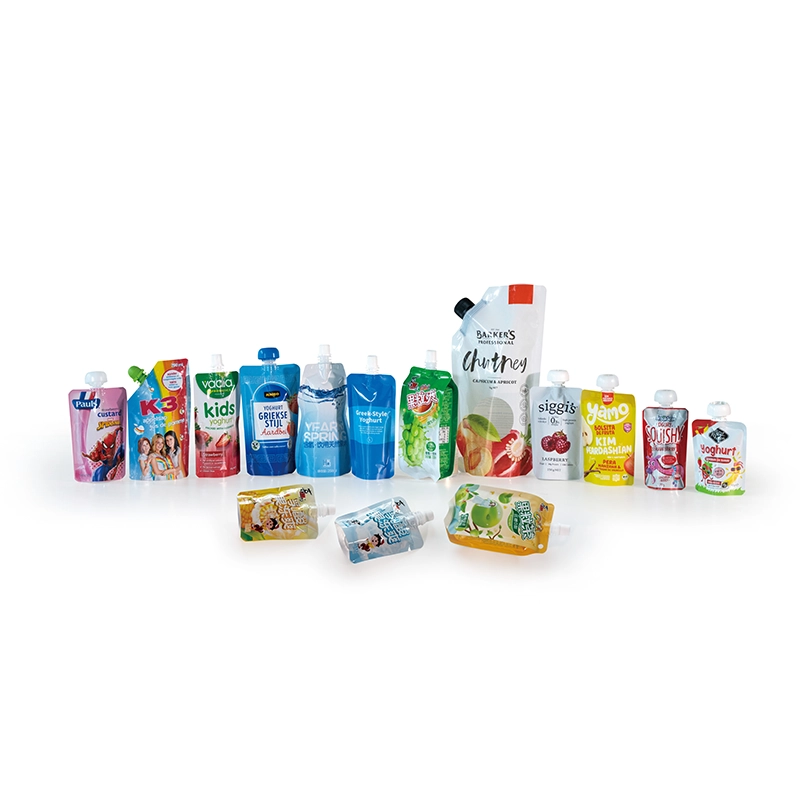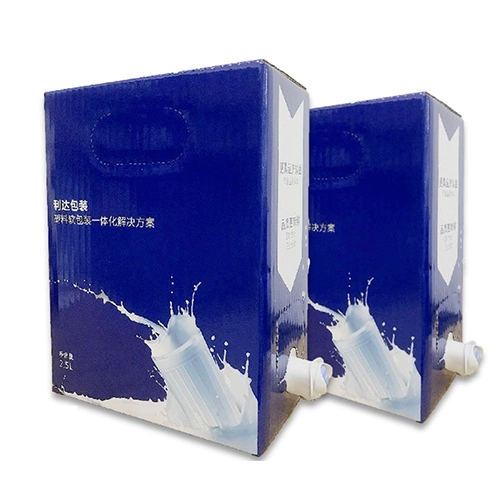Aluminum foil composite white spot difficult glue penetration anti-sticking countermeasures
This issue is common in standard aluminum foil laminations. It occurs because aluminum foil has inherent pinholes, and adhesive curing is a relatively slow process. During curing, the adhesive may seep through the pinholes under the pressure of the wound roll, causing reverse adhesion (back-penetration).
Main Solutions:
Select Aluminum Foil with Fewer Pinholes:
l There is a direct correlation between foil thickness and the number of pinholes—thicker aluminum foil generally has fewer pinholes, making lamination easier.
l It is recommended to choose Grade A aluminum foil with a thickness of 6.5-7μm to minimize pinholes.
Use High-Viscosity Adhesives:
l Choose high-viscosity adhesives like polyurethane retort-grade adhesive or special high-viscosity adhesives for aluminum foil.
l Since aluminum foil lamination typically occurs at speeds of 100-150m/min, higher-viscosity adhesives with larger molecular weight and better leveling properties reduce seepage into pinholes, significantly mitigating reverse adhesion.
Control the Interval Between Laminations:
l When laminating PET/aluminum foil before adding the inner layer, manage the interval properly.
l The recommended intermediate curing time is 2-4 hours to ensure adequate adhesive performance and prevent seepage.




